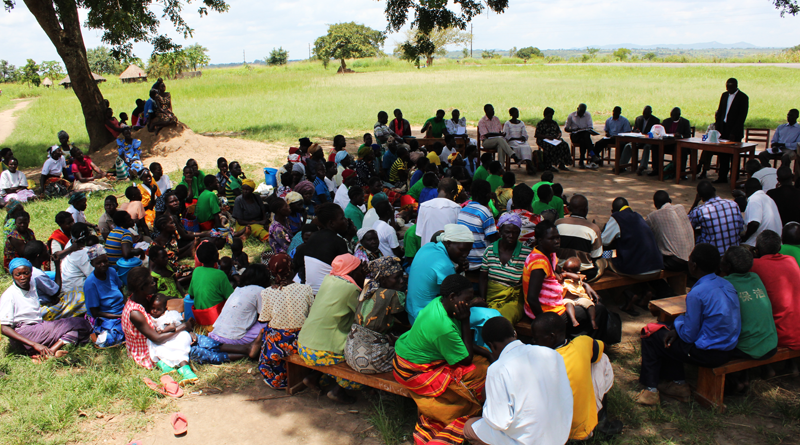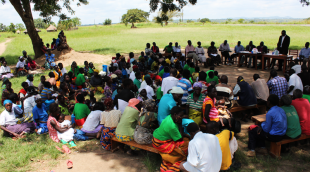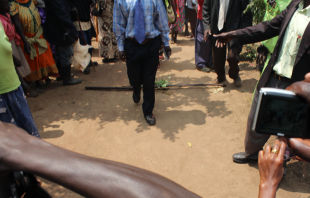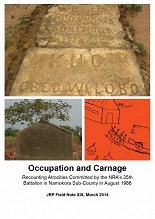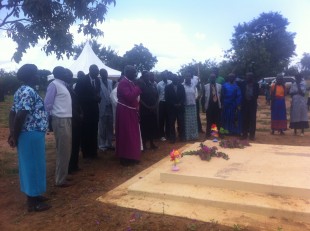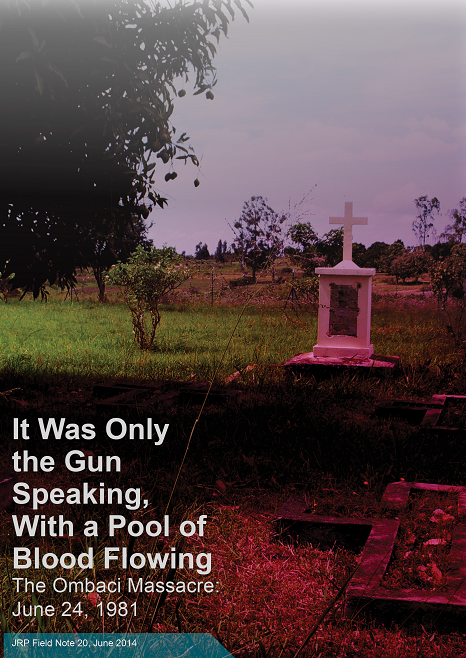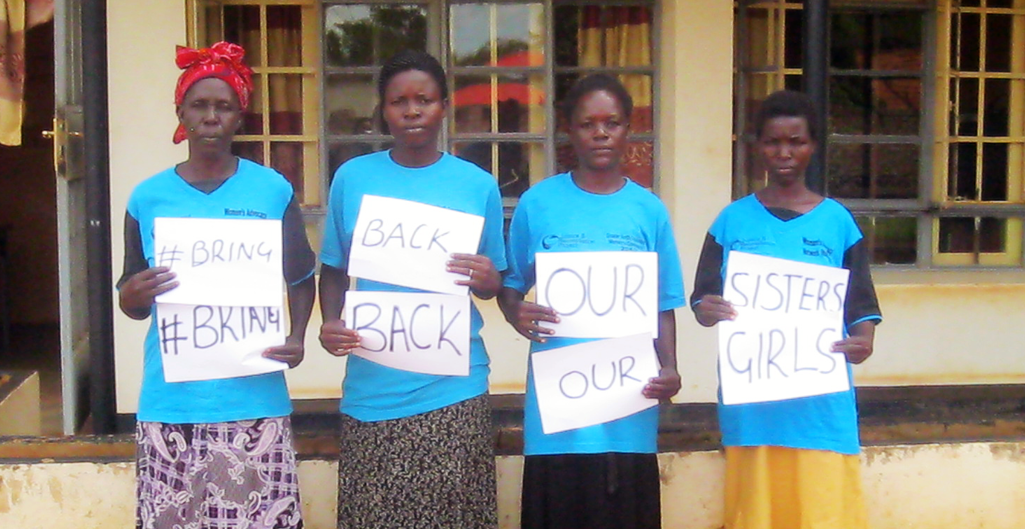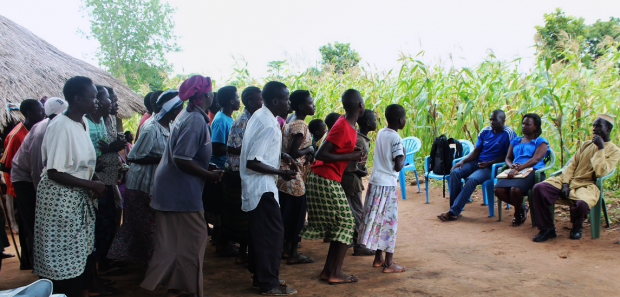
Join the community of Atiak on 16 October 2014 at Atiak sub-county head-quarters when it hosts an event to showcase post-conflict transition challenges and discuss recommendations for the reconstruction of conflict affected communities brought forward during the Justice and Reconciliation Project’s memory and truth-telling project, Bearing Witness.
Since the beginning of 2014, supported by USAID-SAFE, JRP has worked with the community in Atiak, Amuru District to pilot an informal storytelling and truth-telling process called Bearing Witness – Dealing with the past to create a better future. During the project, community members have shared their experiences and perceptions during and after conflict through informal story-telling circles and truth-telling dialogues. Bearing Witness marks the first time a community-based truth-telling process, which directly involves different sectors of the community, has been implemented in the region.
To conclude this process, this event will bring together six of the victims’ groups that participated in Bearing Witness, community members as well as key invited stakeholders to interact and share conflict experiences through the use of creative arts. The event will help advocate for victim’s demands for justice, allow for a mutual understanding of common challenges and provide the means to chart a way forward. It will also feature performances of songs, dance, poetry and theatre performances prepared by the participants in the project that depict their conflict memories.
See the programme below:
11:00 am
Participant’s arrival
11:00 – 12:00pm
Spiritual worship – Rt. Rev. Bishop Macleord Baker Ochola II
Welcome remarks – Area LCI
Presentation (song) by Atiak Massacre Survivors Association (AMSA)
Welcome remarks – Chairman LCIII
Opening remarks – Program coordinator JRP
Remarks by Board Chairman – JRP
Opening remarks by USAID SAFE team
12:00 – 1:00 pm
Presentation by Limo-can Tek (song) entitled ‘Kony dwog Lutino gang”
Presentation by Waroco Paco (Ajere dance)
Remarks by sub-county Chief – Atiak sub county
1:00 – 2:00 pm
Presentation by Lagada Yil (song) entitled “Ting ter”
Remarks by Area Councillor V
Presentation by Lacan Penino (song)
Presentation of an account of “Bearing witness” project – Community Mobilisation Team Leader, JRP
Presentation of emerged justice and reconciliation needs and recommendations – Chairman Truth Telling and Reconciliation Committee, Rt. Rev. Bishop Macleord Baker Ochola II
2: 00 – 3:00pm
Presentation by Rubanga tek (drama) entitled “Alany pa mony”
Presentation by Atiak Massacre Survivors Association (AMSA) (Poem) entitled “Lweny labalpiny”
Open discussion – how to deal with legacy of conflict in northern Uganda, how to achieve reconciliation and national unity
“What is our role in post conflict reconstruction” – Moses Odokonyero, Northern Uganda Media Club (NUMEC)
Presentation by Waroco paco (song)
3: 00 – 4:00 pm
Presentation by Limo-can tek (Drama) entitled “Pyem miny neko paco”
Presentation by Lacan pe nino (Funeral dance)
Remarks by USAID Mission
Remarks by Area MPs
4:00 – 4:30pm
Closing remarks by Guest of honour
Presentation of Otole dance by Lagada yil
MC- Obalo James –Radio Mega
For more information contact Isaac Okwir Odiya: Team Leader Community Mobilisation on Tel: +256 (0) 471433008 /+256 (0) 782509839 or E-mail: iokwir@justiceandreconciliation.com.
